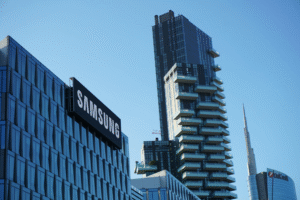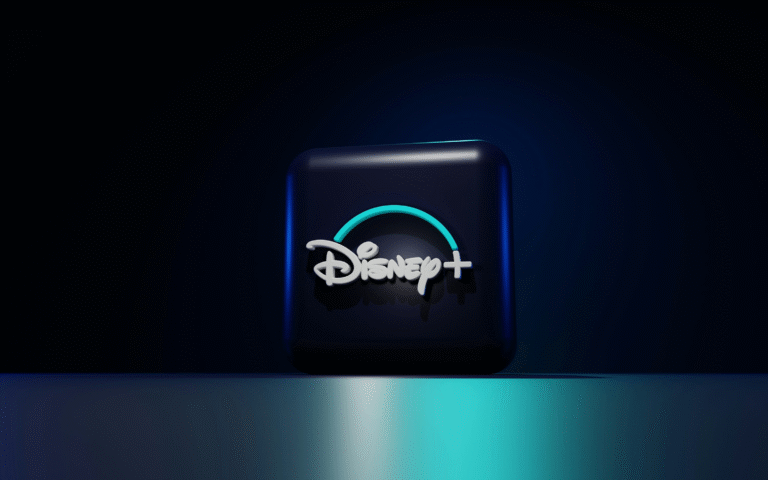The new iPhone 17 series from Apple has brought new life to China’s smartphone market, boosting the company’s sales by 22% in the first month after it came out. This spike comes at a time when the overall smartphone market in China is still seeing decreasing demand and cautious customers. Apple has once again drawn crowds, sparked conversations, and reminded the world that the brand still understands how to get people’s attention, even in its toughest market.
The number of people who have risen is not the only thing that jumps out; the emotional landscape behind it is also important. Over the years, Apple’s connection with Chinese consumers has evolved, stretched, tested and redefined itself. There were years when excitement seemed to fade, especially when big Chinese companies like Xiaomi and Huawei aggressively entered the high-end market. There were occasions when analysts wondered if Apple could ever recapture its prior brilliance in China. But when the iPhone 17 series came out, the reaction reflected something deeper: the same mix of curiosity, loyalty, and customer interest that Apple always inspires.
Counterpoint, a research group that keeps a close eye on smartphone sales in China, said that approximately four out of every five iPhones sold after launch were from the new iPhone 17 series. It shows a pattern that seems almost ritualistic in China: when Apple comes out with a new generation, people notice, compare, line up, and buy. I have often noted, even in unrelated consumption arenas, how the enticement of something “new” may feel like a modest fresh start. For a lot of people who use technology, a new iPhone isn’t just a phone; it’s a symbol of a change in their personality, productivity, or routine. When I saw pictures of people standing outside Apple’s flagship store in Beijing on launch day, some with umbrellas and some talking excitedly, I was reminded of how technology can still bring people together in moments of shared excitement.

It’s very clear how different this year is from last year. Sales fell by 5% in the first month after the iPhone 16 series came out in September 2024, compared to the previous cycle. That drop indicated at a cooling sentiment, reinforced by economic worries and a more competitive local tech ecosystem. Yet a year later, Apple has not merely recovered from that slump but pushed beyond it, changing its trajectory in the world’s most difficult smartphone market.
There is little doubt that part of this rise is due to the product itself. The new camera system, design changes, and battery improvements on the iPhone 17 really appealed to a generation of customers who think that smartphone photography, performance, and battery life are essential, not optional. In the past ten years, Chinese consumers have become some of the most knowledgeable tech buyers in the world. They carefully examine specs, keep up with changes almost like they’re in school, and demand a lot of value. When Apple does well in this market, it’s not because people are blindly loyal to the brand; it’s because the company gets attention by making real improvements.
Yet the background remains tough. Counterpoint’s statistics also showed that the entire smartphone market in China decreased by 2.7% in the third quarter compared to the same time last year. It’s a sign that people are spending less, their finances are tighter, and they’ve learnt to make their purchases last longer. Phones that once were changed every year or two are now retained for three or four. This larger slowdown means Apple’s ascent sticks out much more strongly. Market momentum didn’t push it higher; it went up even while the market was going down.
Apple can’t ignore competition, which is another layer. Companies like Xiaomi and Huawei have been revamping their premium portfolios with astonishing speed and confidence. Huawei’s comeback to being competitive in 5G, in particular, has made people proud of their country and brought in a lot of support from within. In many places, Huawei stores now attract the kind of audiences Apple once enjoyed exclusively. Xiaomi, on the other hand, has combined high-end design with low prices to cater to younger buyers who want flagship performance without the Apple price tag. Apple’s 22 percent boost, therefore, signifies more than a great launch; it signals that even in a market where homegrown brands dominate cultural and political storylines, Apple’s identity still resonates.
On a normal weekday, going into an Apple store in Beijing or Shanghai shows that the brand is more than just a store. It acts like a community hub where students check out things they’ve already watched on YouTube, professionals compare workflows, photographers test lenses and families explore devices together. This sensory dimension is easy to overlook in data but crucially relevant in understanding why Apple continues to perform relatively well in China. People don’t just buy what Apple creates; they interact with the ecosystem long before deciding to purchase.
Still, Apple’s position here is still weak. Sales surges following a debut are good, but the months that follow determine whether the momentum becomes long-term stability. Apple will have to keep making big changes, not just small ones, because of ongoing competition from domestic brands. Chinese consumers’ expectations change faster than nearly anywhere else, which makes the market both rewarding and punishing at the same time. Apple’s challenge is to keep producing breakthroughs that feel meaningful and important, rather than incremental.
From a distance, Apple’s 22 percent growth looks like a blend of technical success, product appeal, and cultural strength. It also makes me think about how quickly consumer patterns can shift while still showing signs of past behavior. People still get together when a new iPhone comes out. When the design shifts, views still spread rapidly through internet debates. Even when the economy is shaky, people still buy Apple products because they feel polished and exciting.












